When the EPA locked down new vehicle emissions standards last month regulators promised it would yield significant improvements in air quality by requiring a significant increase in sales of battery-electric vehicles. That’s been a matter of debate – but a new study shows that, at least in San Francisco, with some of the highest EV adoption rates in the U.S., air quality already is improving.

The Tesla Model Y is the most popular vehicle in all of California, based on sales and registration data.
Like much of California, San Francisco struggles with smog. But a new study shows that the air quality in the city by the bay improved significantly between 2018 and 2022, and the rapid growth in sales of battery-electric vehicles appears to have played a significant role.
CO2 emissions, in particular, dropped an average 1.8% during that four-year period, according to research by the University of California- Berkeley.
The study, first published in the school’s Environmental Science & Technology journal, relied on a network of sensors set up around the Bay Area a decade ago.
How the study worked
The 50 sensors used for the research are capable of looking at a variety of emissions, including CO2 – the latter considered a major factor in global warming. UC-Berkeley scientists could parse their data into three separate categories:
- Emissions coming from industrial sources like factories and power plants;
- Seasonally varying levels of different emissions, including from home heating; and
- Emissions tied to traffic.
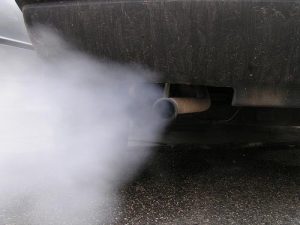
The study was able to detect the specific sources of pollution, focusing on improvements from passenger vehicles.
“Different sources of combustion have different ratios of air pollutants to CO2,” explained Ronald Cohen, a chemistry professor at UC Berkeley. That’s true even for different types of vehicles, he added, noting that trucks produce far higher levels of smog-causing oxides of nitrogen than passenger vehicles.
As a result, Cohen said that, “It’s a consistent story to say the drop we’re seeing is associated with both the increase in EVs and more fuel-efficient cars.”
More Green Car News
- Acura Reveals Plans for All-Electric MDX Crossover
- Lamborghini Rolls Out its Last V-10 Model as it Shifts to PHEVs and EVs
- Q&A: David Crist – Toyota Boss Talks Hybrids, Plug-ins, EVs and Fuel-Cell Vehicles
San Francisco drivers go EV
evsIn San Francisco proper, EVs made up 34% of new vehicle registrations last year. Photo shows a Mercedes-Benz EQS parked in the Marina District.The timing of the study coincided with a rapid rise in the sale of EVs across California. It has more battery-electric vehicles in operation than anywhere else in the country. Indeed, the Tesla Model Y has been the best-selling vehicle in the state since 2022.
The Bay Area, meanwhile, has the highest EV adoption rate in California, those vehicles accounting for 40% of the new vehicles that were registered in San Jose last year, and 34% in San Francisco.
The new report provides a “proof in principle” that this shift is have a clear payoff from an environmental standpoint, said Cohen. “This is a direct measure from the atmosphere that we’ve made a change.”
Still, Cohen cautioned that the 1.8% drop in CO2 emissions is about half of the 3.7% annual decrease that will be required to meet the Bay Area’s target for achieving net-zero emissions by 2045.
EVs do create some environmental problems
From a CO2 standpoint, at least, battery-electric vehicles clearly appear to have some environmental advantages, as other studies have shown. Some critics contend EVs simply move emissions from the tailpipe to the smokestack. But a series of studies released over the last several years have shown that, on a miles-driven basis, CO2 emissions are lower, even when those vehicles are charged up using energy from coal-fired generators. And there are essentially no emissions when using electricity from renewables.
Other concerns focus on emissions and other forms of pollution created while mining for the minerals used in EVs, such as the lithium in their batteries.
Another issue being raised is the result of increased tire wear due to the heavier weight of today’s EVs. That results in more ultra-fine particulates that are getting into both the air and water.

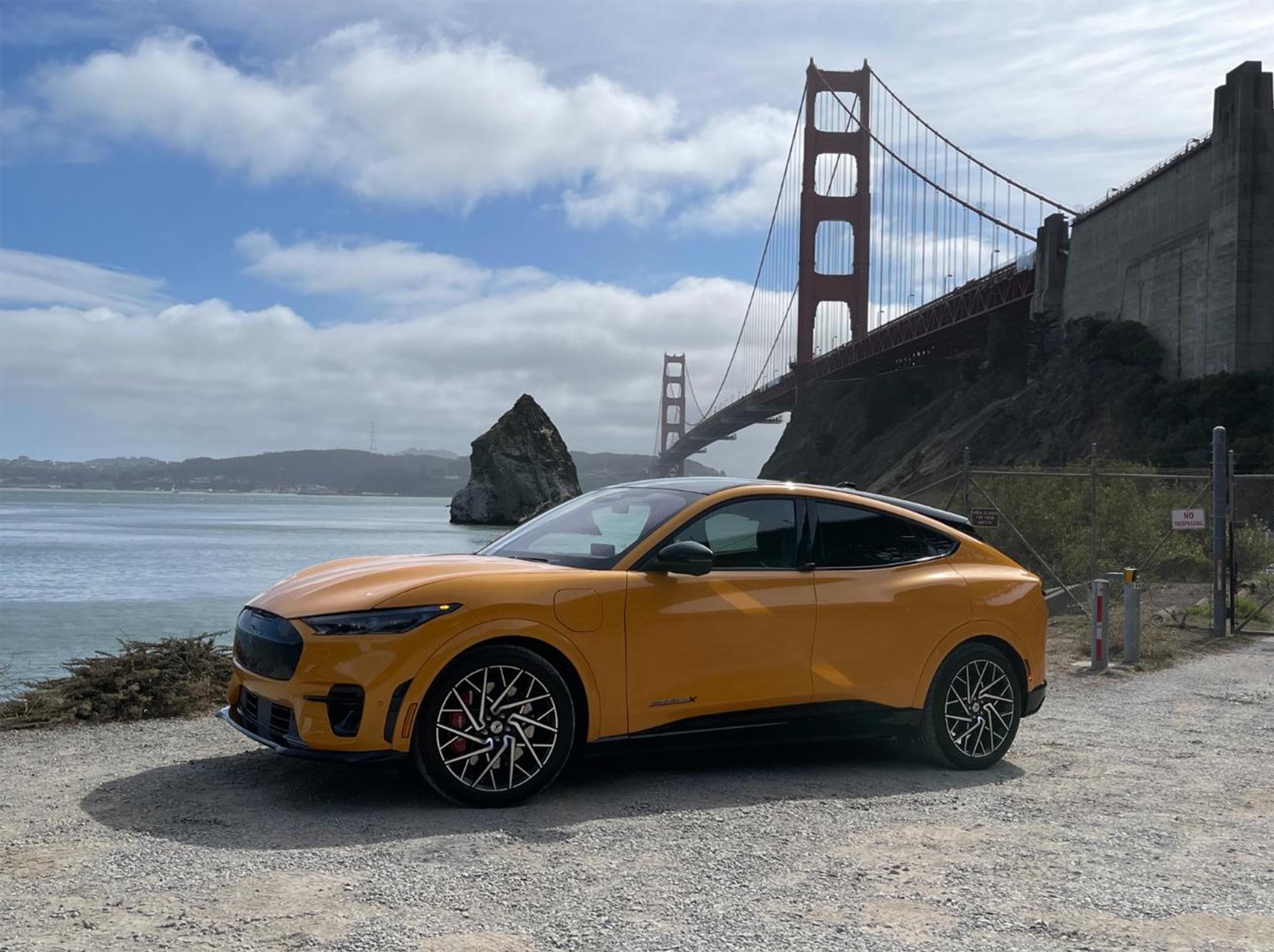
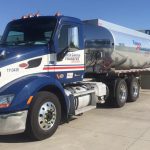
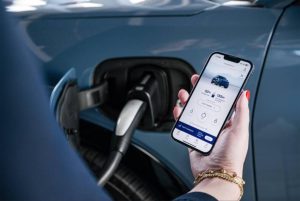
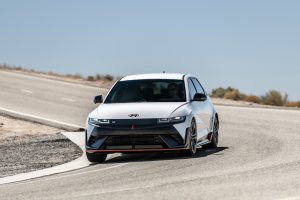
0 Comments